
The Cold Survival Game: RHOMBOID-LIKE PROTEASE11 and Arabidopsis' FATTY ACID EXPORT PROTEIN1
John et al. reveal how degradation of the chloroplast protein FATTY ACID EXPORT PROTEIN1 by RHOMBOID-LIKE PROTEASE11 affects cold tolerance in Arabidopsis.
https://doi.org/10.1093/plcell/koae011
By Annalisa John (AJ) and Ekkehard Neuhaus (HEN) (RPTU Kaiserslautern, Germany)
Background: Plants…
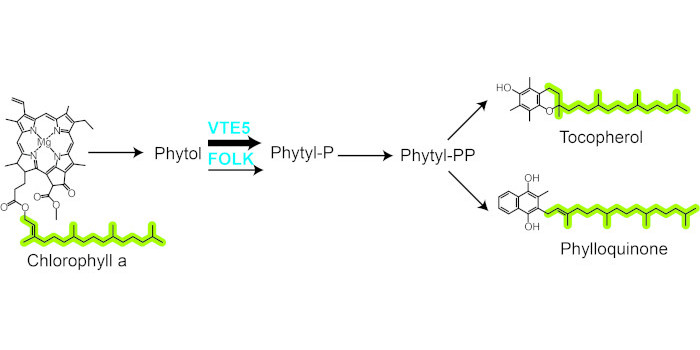
Role of chlorophyll degradation during the biosynthesis of tocopherol (vitamin E) and phylloquinone (vitamin K)
Romer et al. study the origin of the lipid side chain phytol in tocopherol and phylloquinone synthesis in Arabidopsis.
https://doi.org/10.1093/plcell/koad316
By J. Romer, K. Gutbrod and P. Dörmann
Background: Isoprenoid lipids in Arabidopsis chloroplasts include chlorophyll, carotenoids,…
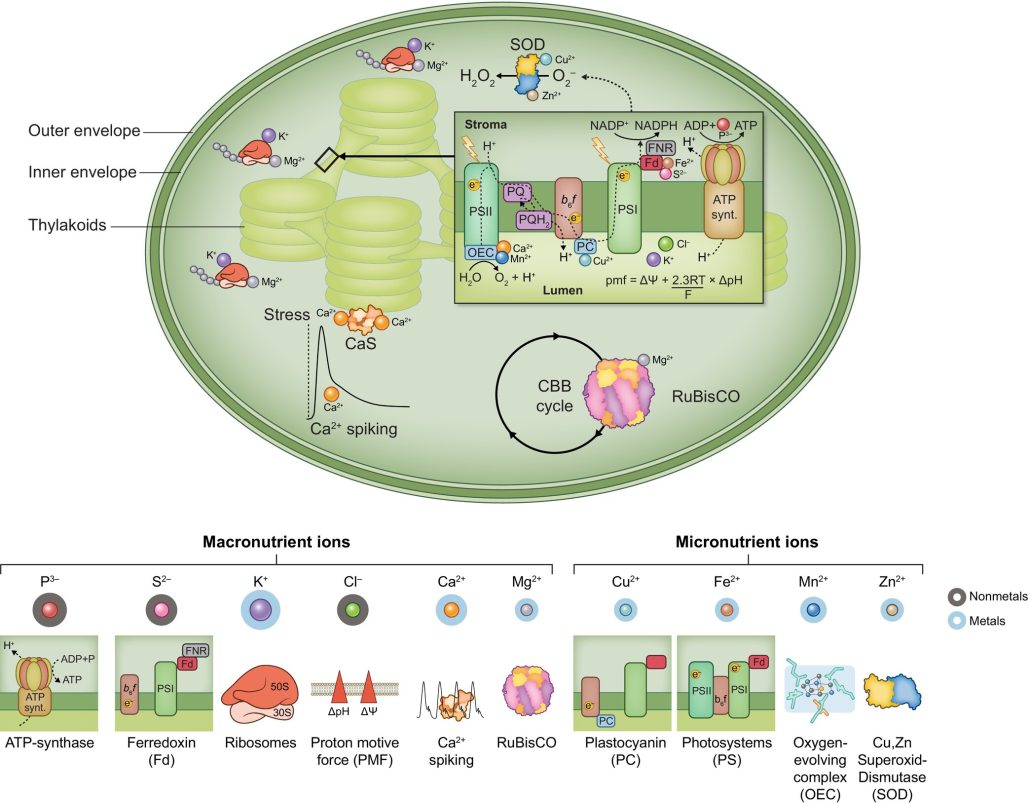
Review: Chloroplast ion homeostasis
Healthy plants require access to several mineral nutrients, which are usually taken up in ionic form. The details of nutrient uptake, distribution, and function have been painstakingly revealed over several decades. In this excellent new Tansley Review, Kunz et al. provide an overview of ion homeostasis…

Chloroplast double-stranded RNA can silence nuclear genes
Bélanger et al. investigate the silencing of nuclear genes mediated by chloroplast double-stranded RNA transgenes The Plant Cell (2023).
https://doi.org/10.1093/plcell/koad165
By Sébastien Bélanger
Background: Plants have three genomes: the nuclear, the mitochondrial and the chloroplast…
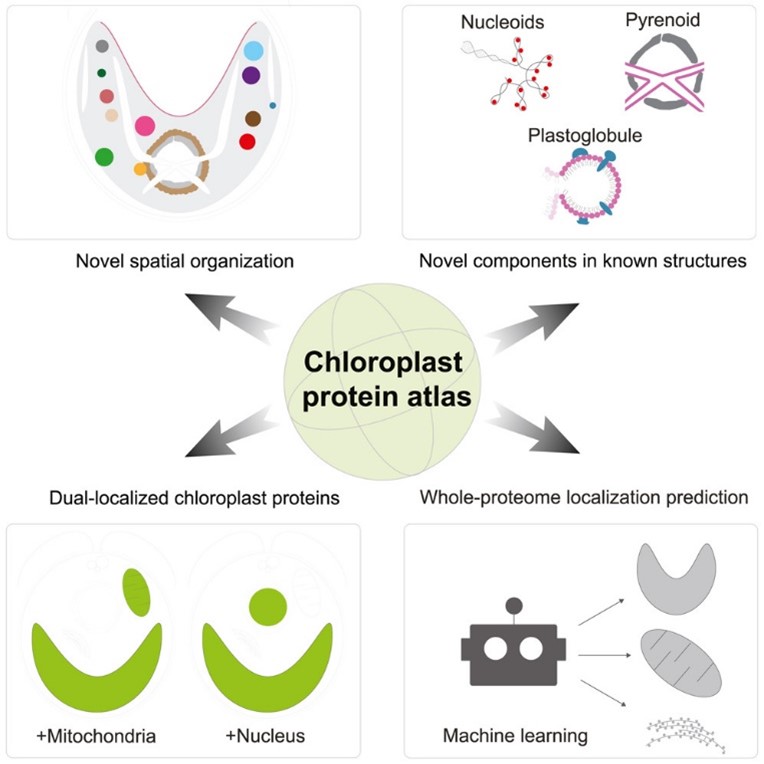
A chloroplast protein atlas reveals punctate structures and spatial organization of biosynthetic pathways
Chloroplasts are the location of key processes including photosynthesis, starch synthesis and lipid synthesis. However, many chloroplast proteins have unknown functions, a problem that can in part by addressed through high-resolution localization data. Here, 1034 putative chloroplast- localized proteins…
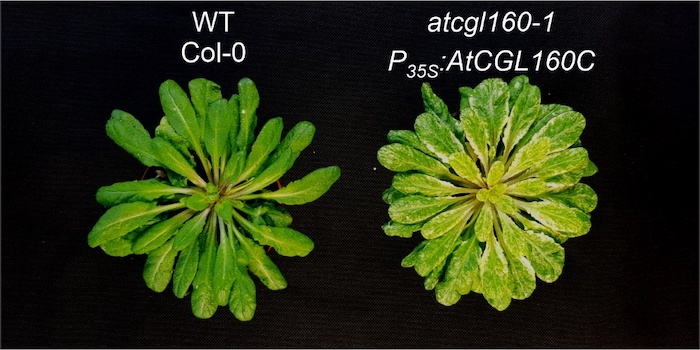
Recruiting the ATP-generating nanomotor in chloroplasts
Reiter et al. investigate the molecular basis for coupling factor CF1 recruitment in Arabidopsis thaliana. The Plant Cell (2022).
By Thilo Rühle
Background: Thylakoid ATP synthases are impressive molecular engines that harness the light-driven proton gradient to generate ATP during photosynthesis.…
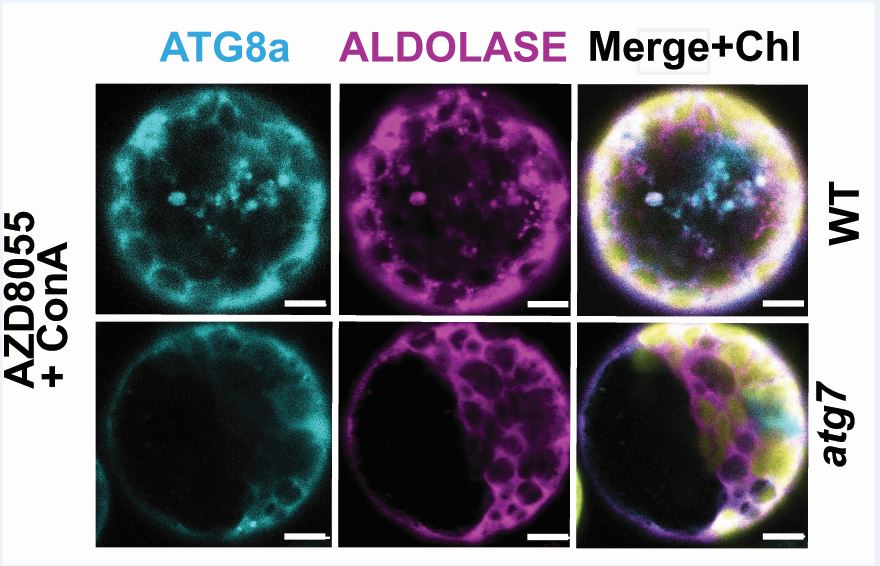
Discovering autophagy protein cargo by protein turnover analysis in Arabidopsis
Li et al. explore the nature of proteins that accumulate in mutants deficient in autophagy machinery.
Plant Cell
Lei Li1,2 and A. Harvey Millar2
Frontiers Science Center for Cell Responses, Department of Plant Biology and Ecology, College of Life Sciences, Nankai University, 300071 Tianjin,…

TOC-TIC supercomplex structure
In an evolutionary plot twist, most of the proteins needed inside the chloroplast are encoded in the nucleus and translated in the cytosol as preproteins. The preproteins are imported into the chloroplast through two membranes (outer and inner). Genetic and biochemical approaches have revealed many of…
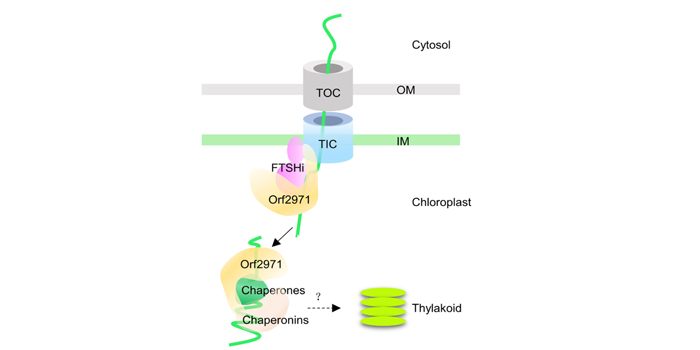
Orf2971: a link between chloroplast import and quality control in Chlamydomonas
Xing et al. investigate the link between chloroplast import and quality control in Chlamydomonas reinhardtii. Plant Cell https://doi.org/10.1093/plcell/koac180
By Jiale Xing, Junting Pan and Wenqiang Yang
Background: The chloroplast is an important bioreactor as well as a photosynthetic site. Approximately…

